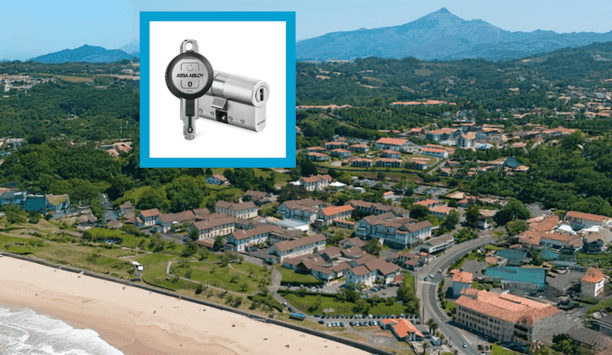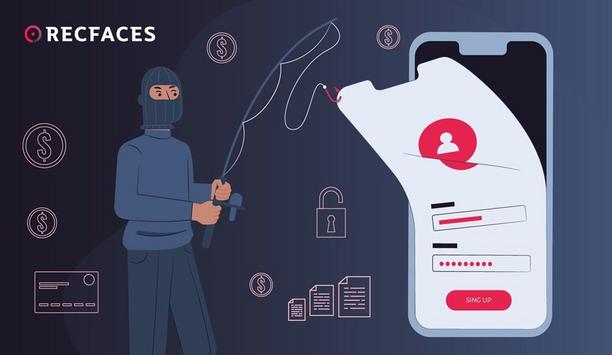Zoom Video Communications, Inc. announced that post-quantum end-to-end encryption (E2EE) is now globally available for Zoom Workplace, specifically Zoom Meetings, with Zoom Phone and Zoom Rooms coming soon.
The launch of the new security enhancement makes Zoom the first UCaaS company to offer a post-quantum E2EE solution for video conferencing.
Potential future threats
As adversarial threats become more sophisticated, so does the need to safeguard user data. In certain circumstances, attackers may have the ability to capture encrypted network traffic now, with the intent to decrypt it later when quantum computers become more advanced — a scenario often referred to as “harvest now, decrypt later”.
As adversarial threats become more sophisticated, so does the need to safeguard user data
So, while powerful quantum computers with this capability are not yet generally available, Zoom has taken a proactive stance by upgrading the algorithms designed to be able to withstand these potential future threats.
Launch of post-quantum E2EE
“Since we launched end-to-end encryption for Zoom Meetings in 2020 and Zoom Phone in 2022, we have seen customers increasingly use the feature, which demonstrates how important it is for us to offer our customers a secure platform that meets their unique needs,” said Michael Adams, chief information security officer at Zoom.
"With the launch of post-quantum E2EE, we are doubling down on security and providing leading-edge features for users to help protect their data. At Zoom, we continuously adapt as the security threat landscape evolves, with the goal of keeping our users protected.”
How post-quantum E2E encryption works
When users enable E2EE for their meetings, Zoom’s system is designed to provide only the participants with access to the encryption keys that are used to encrypt the meeting; this is the behavior for both post-quantum E2EE and standard E2EE.
Because Zoom’s servers do not have the necessary decryption key, encrypted data relayed through Zoom’s servers is indecipherable. In addition, to defend against “harvest now, decrypt later” attacks, Zoom’s post-quantum E2E encryption uses Kyber 768, an algorithm being standardized by the National Institute of Standards and Technology (NIST) as the Module Lattice-based Key Encapsulation Mechanism, or ML-KEM, in FIPS 203.
Discover how AI, biometrics, and analytics are transforming casino security


























